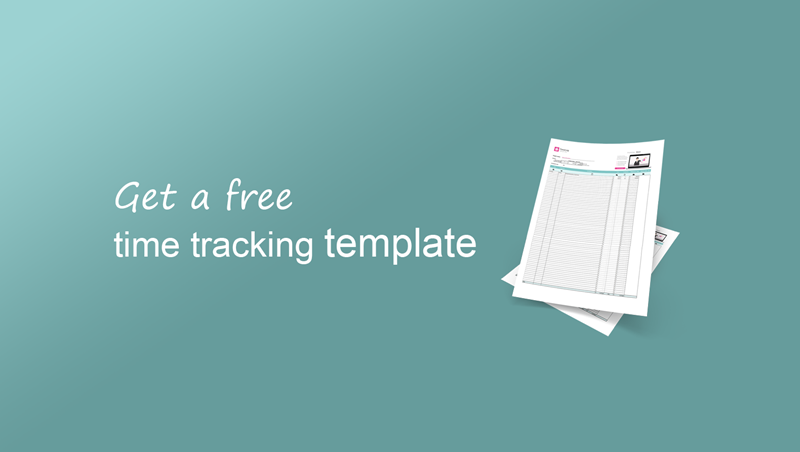Understand the EU working time directive
5 min read
Get an overview of 3 different ways to get an overview of employee time now.
Time tracking
Build your perfect data foundation for spotless invoicing and deep business insights with easy time tracking.
Project management
Be a world champion project manager. Keep your projects on track - and profitable.
Resource management
Efficiently staff projects and run a predictable business with confidence.
Insights & Reporting
Get smarter - faster - to make clever decisions for long-term growth impact.
Project accounting & Invoicing
Invoice everything - fast and accurate - while staying on top of project finances.
Staff & Salary
Give accountants and HR an intelligent tool to eliminate draining administration.
Financial Systems
TimeLog offers standard integrations for all your favourite financial systems. Save time and reduce manual tasks.
Payroll Solutions
TimeLog offers standard integrations for multiple payroll solutions. Get easy salary administration and only enter payroll information once.
Add-ons
Track time automatically via Outlook, use gamification or find another add-on that can support your business.
Multiple Legal Entities
You can create synergy between your departments and across borders and offices with the Multiple Legal Entities module from TimeLog.
Business Intelligence
Utilise the insights you get from TimeLog to the fullest. Our system is ready to integrate with multiple BI solutions.
Partner Integrations
TimeLog PSA is part of a large ecosystem. Get an overview of all the partner integrations in the TimeLog family.
Economy department
Save 1-2 days a month on your invoicing process.
Project teams
From planning to execution and evaluation. Robust tools for every project manager.
Management teams
Create a performance-driven culture with solid reporting capabilities.
Large enterprises
Enhance operations and performance across entities, countries and departments.
NGOs and non-profit organisations
Simplify internal processes, spend less time on administration, and get documentation in place - at a discounted rate.
Blog
Get inspired to run an even better business with articles, guides and analyses.
Guides, podcasts and webinars
Get access to templates, guides and webinars that help and inspire you.
Help Center
Looking for help material and user guides to the TimeLog system? Look no further. Find all the help you need now.
Get a single source of truth
Discover how companies maintain a single source of truth across borders, departments, and currencies.
Get integrated
Discover the advantages customers gain from utilising our integrations and API.
Reporting in real-time
Explore how others leverage reporting to optimise their processes and make informed decisions.
Get started with resource planning
Discover how other companies thoroughly grasp their resources and enhance their ability to predict future trends.
Improved project financials
This is how the efficient financial toolbox from TimeLog helps project managers and CFOs improve their project financials.
Faster invoicing
Discover how other companies have slashed the time spent on invoicing by 75% - and uncover how you can achieve the same efficiency.
The Story of TimeLog
Get insights on TimeLog and how we can help you grow and evolve your business.
Employees
See who shows up every day to deliver the best PSA solution.
Career
What's life like at TimeLog? Are we hiring? Get the answer here.
Partner
Create even more value for your customers, as well as ours, as a TimeLog Partner.
Premium Service
Online Help Center, tailored onboarding and support from Day 1.
Corporate Social Responsibility
We work to ensure a positive impact on planet, people and businesses.
Security and GDPR
Learn more about how we work to keep your data safe and provide maximum security.
2 min read
It is a clear advantage to know how much work time is being spent on different tasks and projects in a company. But how do you and your company best receive this information?

Are you considering investing in a time tracking system for your company? There might be many (good) reasons to do so. The best reason is that an overview of the employees’ time consumption distributed on tasks provides an overview of the finances. It is as simple as that.
But which system would you choose? If you find getting an overview of the systems confusing, you are not alone: It’s a jungle out there. There are endless ways of tracking time and numerous solutions on the market, from the simplest to the most advanced systems.
Here, it is important to know that the biggest, not necessarily is the best. The most important is that the system matches your needs.
First, you need to get an overview. In general, the methods for time tracking can be divided into three categories: the Excel sheet, Online stopwatch and Online project management.
See if you can recognise your company’s needs in one of the three methods:
1. The Excel sheet
The most uncomplicated, most basic time tracking, and the solution many companies start with. The employees can enter their time consumption in a sheet with projects and subtasks and a tab for each week. Spreadsheets like these are usually more or less automated regarding flex, allowances and travel expenses. When the project is completed, the hours can be summed up.
Benefits: Simple and free.
Disadvantages: Inaccurate, only for time collection, no value estimation of hours, and cannot be limited to other systems.
For companies in development. In this type of electronic time tracking programmes, you can create projects and subtasks where the employees track their time while they are working. The stopwatch runs until you stop it. You can pull reports on time consumption on projects and employees.
Benefits: Cheap and quite accurate.
Disadvantages: Only for time tracking and simple project management, no value estimation of hours, cannot be limited to other systems.
For the modern project-oriented company in the digital age. In this system, the employees’ electronic time tracking is linked to financial project management, e.g. value estimation on the time consumption and calendar and contract management. Here, you can pull reports on an ongoing basis across all parameters. In this way, you have an overview of all aspects of a project: Estimation, planning, cost management, resource allocation, communication, quality assurance and reporting of key figures.
Benefits: Accurate, provides an overview of key figures, Euro and Cent on every single time registration, documentation and analyses, integration to other systems, possibility to add modules, if needed.
Disadvantages: Charged, you need time to learn the system.
There are also financial systems with in-built time tracking. E.g. ERP systems, but here you need to be an accounts clerk to pull data out of the system.
This is a shoot on the evolution’s genealogical tree for time tracking systems and belongs more to the financial species.
Now, you should have come closer to gaining an overview of your time tracking opportunities. Do you want to dig deeper into your considerations before you decide which system to use?

5 min read
Get an overview of 3 different ways to get an overview of employee time now.
![[Pros & Cons] Excel timesheet vs online time tracking](https://timelog.com/hubfs/Pics%20for%20blogs/point-a-to-point-b.webp)
10 min read
Get an overview of 3 different ways to get an overview of employee time now.

4 min read
Get an overview of 3 different ways to get an overview of employee time now.

4 min read
Get an overview of 3 different ways to get an overview of employee time now.

6 min read
Get an overview of 3 different ways to get an overview of employee time now.

2 min read
Get an overview of 3 different ways to get an overview of employee time now.
![10 things you need to know about time tracking in Excel [Free template]](https://timelog.com/hubfs/psa-software-brancher.webp)
6 min read
Get an overview of 3 different ways to get an overview of employee time now.

7 min read
Get an overview of 3 different ways to get an overview of employee time now.

7 min read
Get an overview of 3 different ways to get an overview of employee time now.